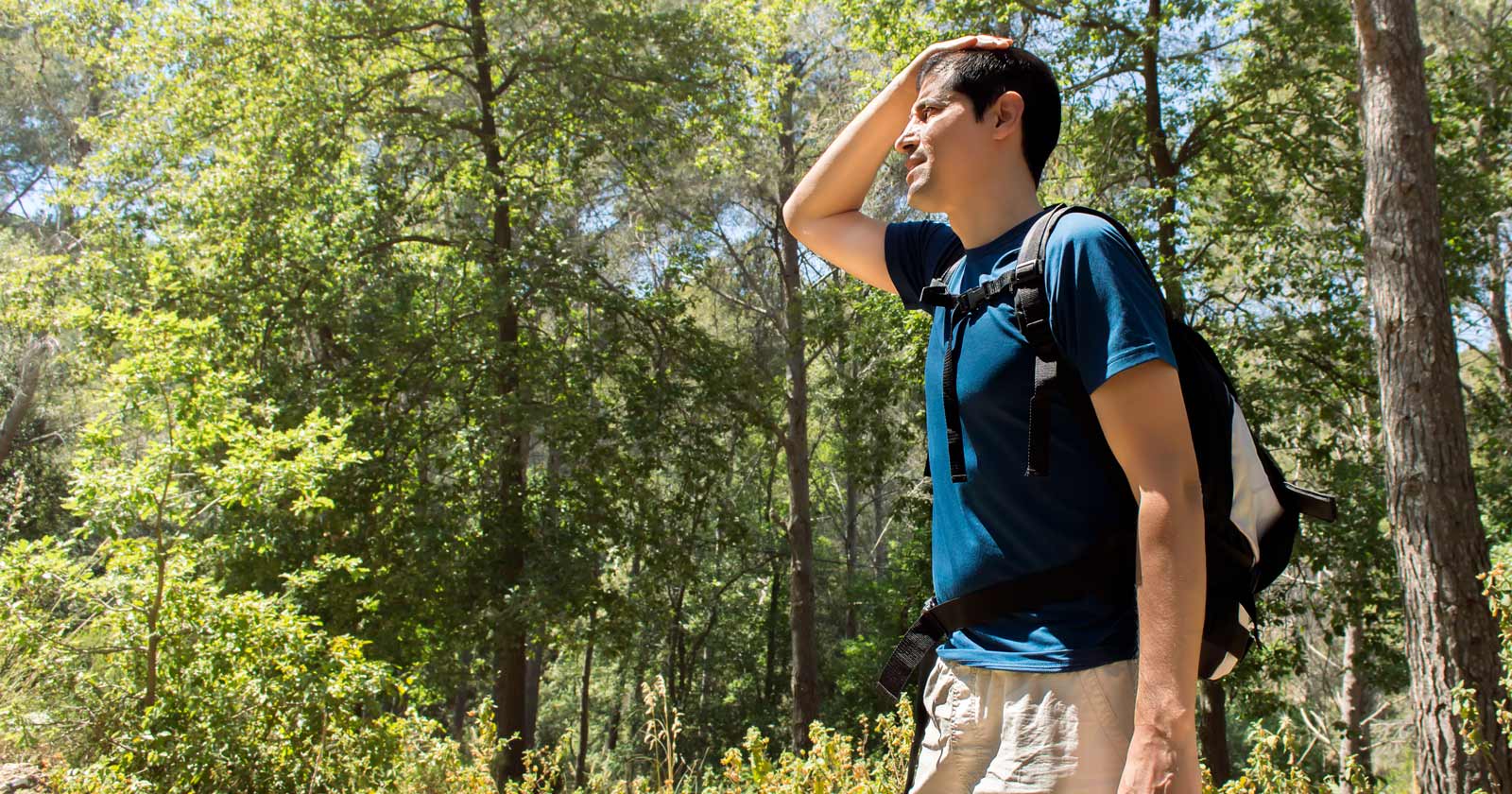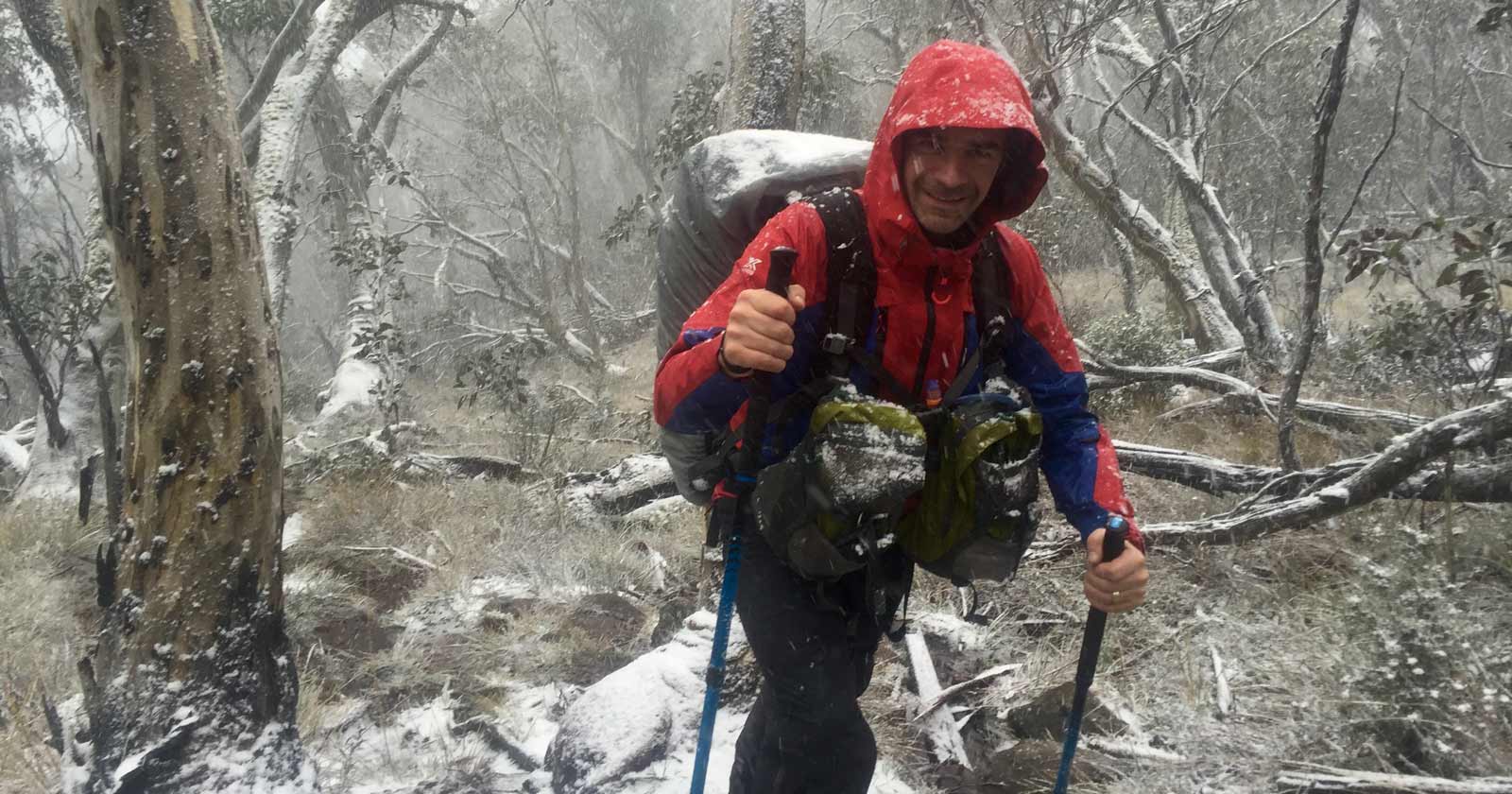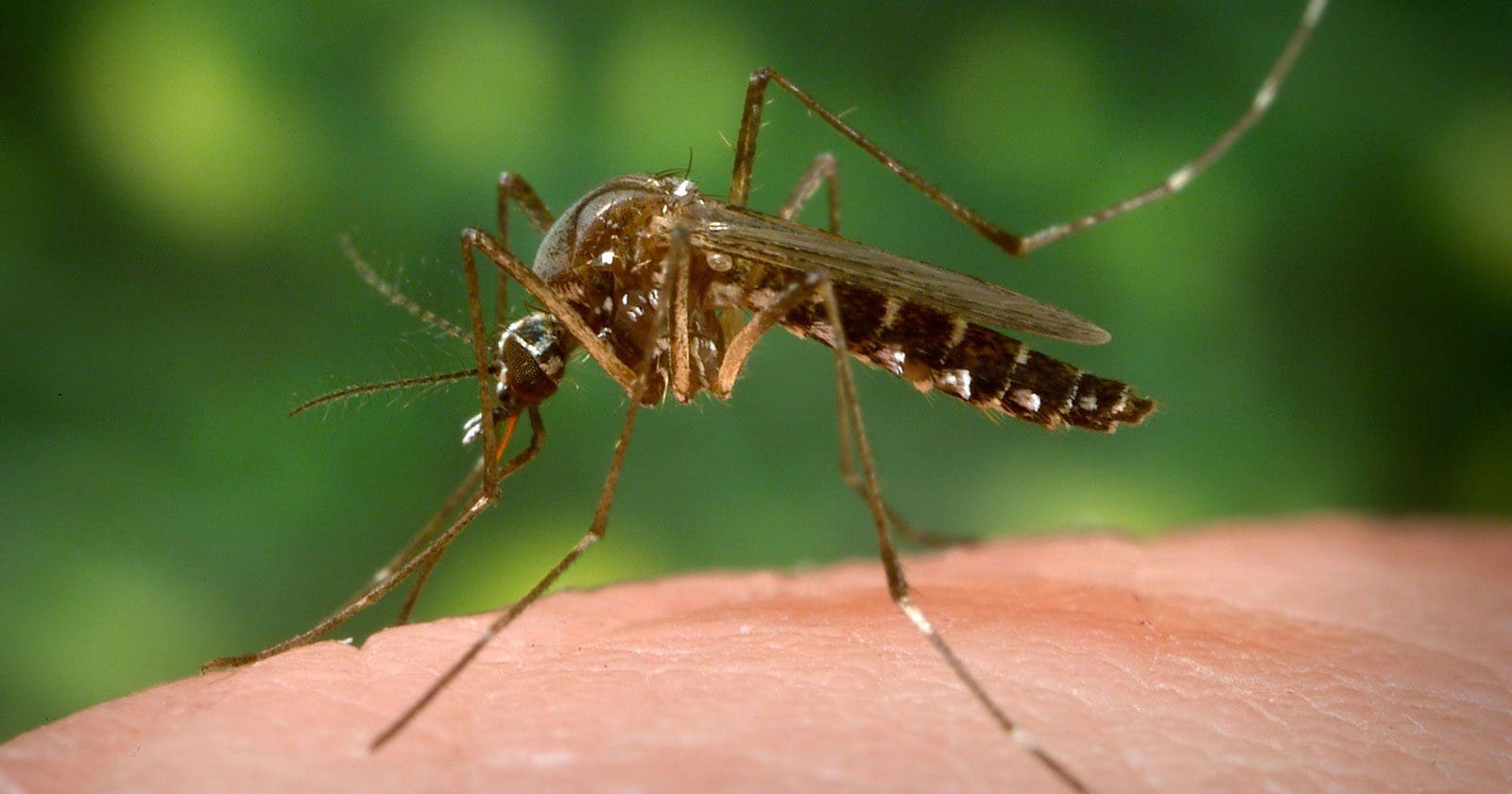Preventing toenail loss on hikes
Hiking offers a fantastic blend of physical challenge, stunning scenery, and fresh air. However, losing toenails shouldn’t be part of the experience. While it’s a common complaint, along with blisters, understanding the causes and implementing effective prevention strategies (protecting your toes) can ensure your feet stay healthy and happy, allowing you to focus on enjoying the adventure.
I never really gave much thought to toenail loss until my son returned from three days hiking the Great Ocean Walk (GOW) in Victoria and days later, lost two of his toenails. The aftermath wasn’t a quick fix; it involved multiple visits to the doctors over several months, with toenails that became ingrown as they slowly grew back. Witnessing the discomfort and inconvenience he experienced firsthand sparked my determination to delve into the intricacies of toenail health during hikes.

Understanding the causes of toenail loss
Before I dive into defense tactics, let’s identify the key factors that contribute to toenail loss on hikes:
1. Improper Boot Fit
Selecting the right hiking boots is important for foot health during hikes. Boots that are too small or lack proper support can lead to discomfort and, more importantly, toenail damage. The ideal boots should provide ample wiggle room for your toes, ensuring they’re not cramped. Additionally, good arch support and a snug fit around the heel are crucial. Spending extra time finding the perfect fit is an investment in your comfort and well-being. Professional fitting ensures that the boots cater to your unique foot structure, preventing undue pressure on your toes during extended hikes.
Explore additional tips on choosing and fitting your footwear for hiking.
2. Long Toenails
Long toenails are more than a cosmetic concern; they pose a genuine risk during hikes. Snagging on rocks, roots, or uneven terrain can lead to trauma and potential toenail loss. Regularly trimming your toenails short and straight, following the natural curve of your toe, is a simple yet effective preventive measure. It’s important to strike a balance—avoid cutting them too short to prevent ingrown nails, but keep them well-maintained to minimise the risk of external damage during your outdoor adventures.
3. Loose Lacing
Loose laces might seem like a minor inconvenience, but they can contribute significantly to toenail problems. When your foot slides forward and backward with every step due to loose lacing, it puts undue pressure on your toes and nails. Learning the art of snug lacing, using techniques that secure your heel and midfoot, is essential. Experimenting with different lacing methods can help you find what works best for your specific boots and foot shape, ensuring a secure fit and minimising movement that could lead to toenail damage.
Discover additional tips on lacing up your hiking boots.
4. Downhill Impact
Descending on trails can take a toll on your toes due to constant pounding. This impact weakens them over time, making them more susceptible to damage. Incorporating hiking poles into your hiking gear can distribute weight more evenly, reducing the strain on your toes. Additionally, taking smaller, controlled steps during descents minimises the impact on your feet. Opting for trails with switchbacks whenever possible further helps distribute the stress across your entire foot, reducing the concentrated force on your toenails.
5. Moisture and Fungus
Moisture is a silent enemy for your toenails during hikes. Damp socks and boots create an environment conducive to fungus growth, which weakens the nails. Choosing moisture-wicking socks and changing them regularly are essential preventive measures. Ensuring your boots dry completely after each use is equally crucial. For added protection, especially in warm climates or during long hikes, consider using an antifungal powder to keep your feet dry and discourage fungal growth. This extra step in foot care contributes significantly to toenail health during and after your hiking adventures.

Building your defense: Protecting your toes
Now that you know the causes, here are key steps to prevent toenail loss:
1. Footwear Selection
Beyond proper fitting, consider wide toe boxes, toe caps for extra protection, and stiffer soles for challenging terrain. Investing in footwear that caters to the specific demands of your hiking style can significantly reduce the risk of toenail issues. A thoughtful selection not only provides comfort but also acts as a crucial defense mechanism for your toes.
2. Sock Choice
Opt for hiking-specific socks with seamless construction and padded heels. Double-layering can provide additional cushioning and moisture management. Toe socks offer individual protection for some, especially those prone to blisters or foot deformities. Your choice of socks is a direct line of defense against friction and moisture, essential elements in preserving toenail health during hikes.
3. Terrain Awareness
Watch out for loose rocks, uneven surfaces, and exposed roots that could snag your toes. Trekking poles can help maintain balance and prevent missteps. Being mindful of your surroundings and the terrain you’re traversing is a proactive approach to safeguarding your toes. Heightened awareness reduces the likelihood of encountering obstacles that may compromise toenail integrity.
4. Listen to Your Body
Don’t ignore discomfort. Take breaks, adjust your gear, or change socks if your feet feel uncomfortable or sore. Continuing through pain can worsen the problem. Your body provides valuable feedback during hikes. Listening to signals of discomfort allows you to address issues promptly, preventing prolonged stress on your toes that could lead to more severe problems.

Beyond the basics
Even with preventative measures, issues can arise. Here are additional tips:
Early Intervention
If you notice any signs of toenail damage, like discoloration, thickening, or pain, consult a podiatrist or healthcare professional promptly. Early intervention can prevent further complications. Recognising the signs early on ensures that you address potential problems before they escalate, minimising the impact on your toenail health.
Proper Care
Maintain good foot hygiene by washing and drying your feet thoroughly after hikes. Moisturise regularly to prevent cracked skin, which can harbor fungus. Establishing a post-hike foot care routine is as important as the preventive measures. Clean and well-moisturised feet are less prone to infections and other complications.
Know Your Limits
If you’re prone to toenail problems, choose less demanding hikes or shorter distances initially. Gradually increase difficulty as your feet adapt. Understanding your own limits and allowing your feet time to adjust to varying terrains is a sensible approach. It ensures a gradual acclimatisation, reducing the likelihood of toenail issues during more challenging hikes.
By following these tips and prioritising good foot care, you can significantly reduce your risk of losing toenails while enjoying the many benefits of hiking. Remember, preparation is key to keeping your toes happy and healthy, allowing you to focus on the true pleasure of exploring the outdoors.














